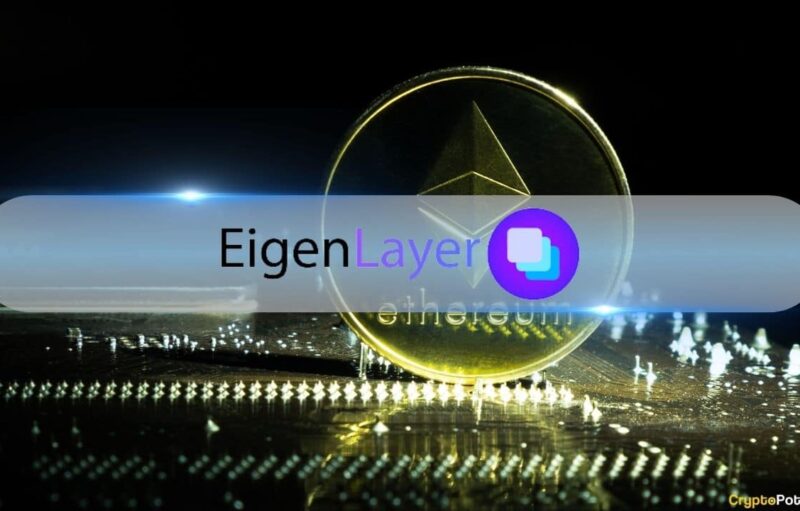
Large pools are causing centralization.
Cardano’s largest pools are currently over-staked. Though the exact statistics change over time, the issue has been observed for several weeks. AdaPools.org indicates that 18 of Cardano’s 249 active staking pools are saturated as of Jan. 4. In terms of value, 33% of all staked ADA has been allocated to just 7% of active pools.
IOHK considers pools with more than 1% of all staked funds to be saturated. “Beyond this, rewards are shared with fewer people and the pool becomes less desirable,” IOHK has noted on Twitter. Users who fail to switch to less saturated pools earn lower rewards—an incentive that is designed to keep pools from becoming centralized.
Saturation Smaller Than It Seems
Though Cardano has several large pools, the majority of Cardano’s pools are not over-staked. AdaPools.org ranks each pool by the amount of ADA that it has staked, so by definition, it lists the most saturated pools first. It is not clear if users are flocking to certain pools deliberately, of if saturation is just an incidental outcome.
Surprisingly, pools that offer low fees and high rewards do not appear to be particularly saturated, despite the fact that they should be very attractive to staking participants. However, pools run by Cardano ambassadors and IOHK itself seem to be attracting a lot of staked value, perhaps because of their official nature.
Despite the fact that pools are saturated, Cardano has a large network that has the potential to be more decentralized. The project has attracted hundreds of active pools, and users have staked 9.5 billion ADA on the testnet. It is possible that the network will grow even larger when Cardano launches staking on its Shelley mainnet later this year.
Can The Problem Be Solved?
Changes to staking are clearly needed. Cardano may need to tweak incentives to encourage movement between pools. Pool listing sites may need to sort pools in a way that makes unsaturated pools more visible. Users have also requested saturation alerts and automatic pool switching, two features that could make staking easier.
Though Cardano staking is relatively simple, it seems that the process will not be as simple as “set it and forget it.” Over-staking has been a long-running issue on other blockchains that rely on similar delegation-based staking systems, such as Tezos. If the pattern exists, there may be no easy solution to saturation for some blockchains.
The post appeared first on CryptoBriefing






